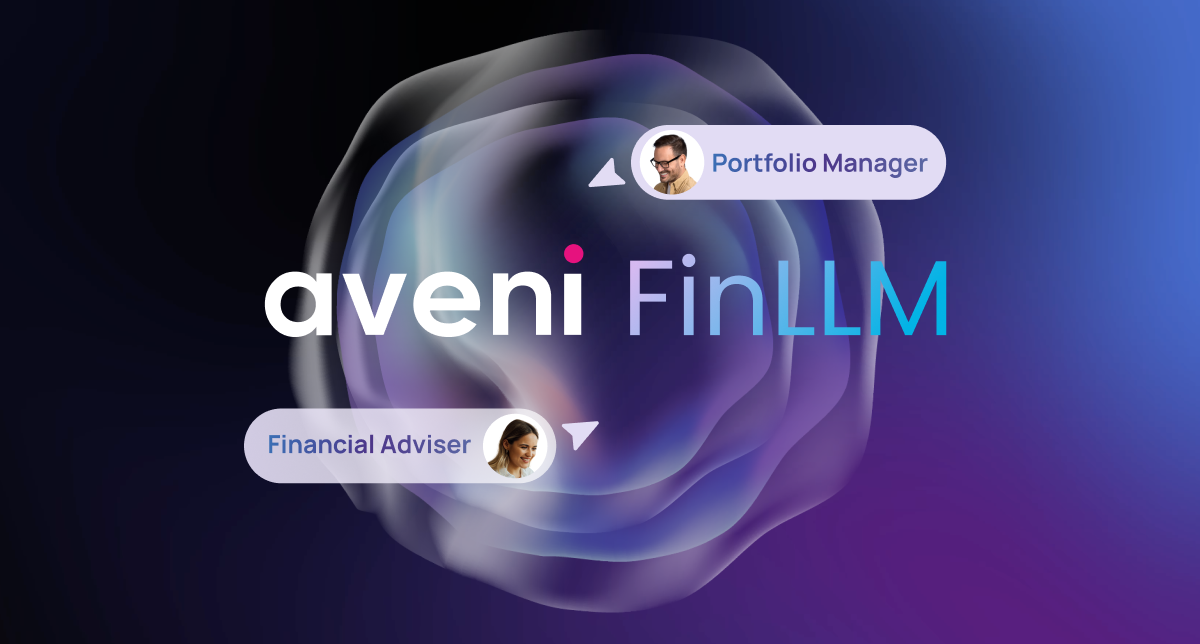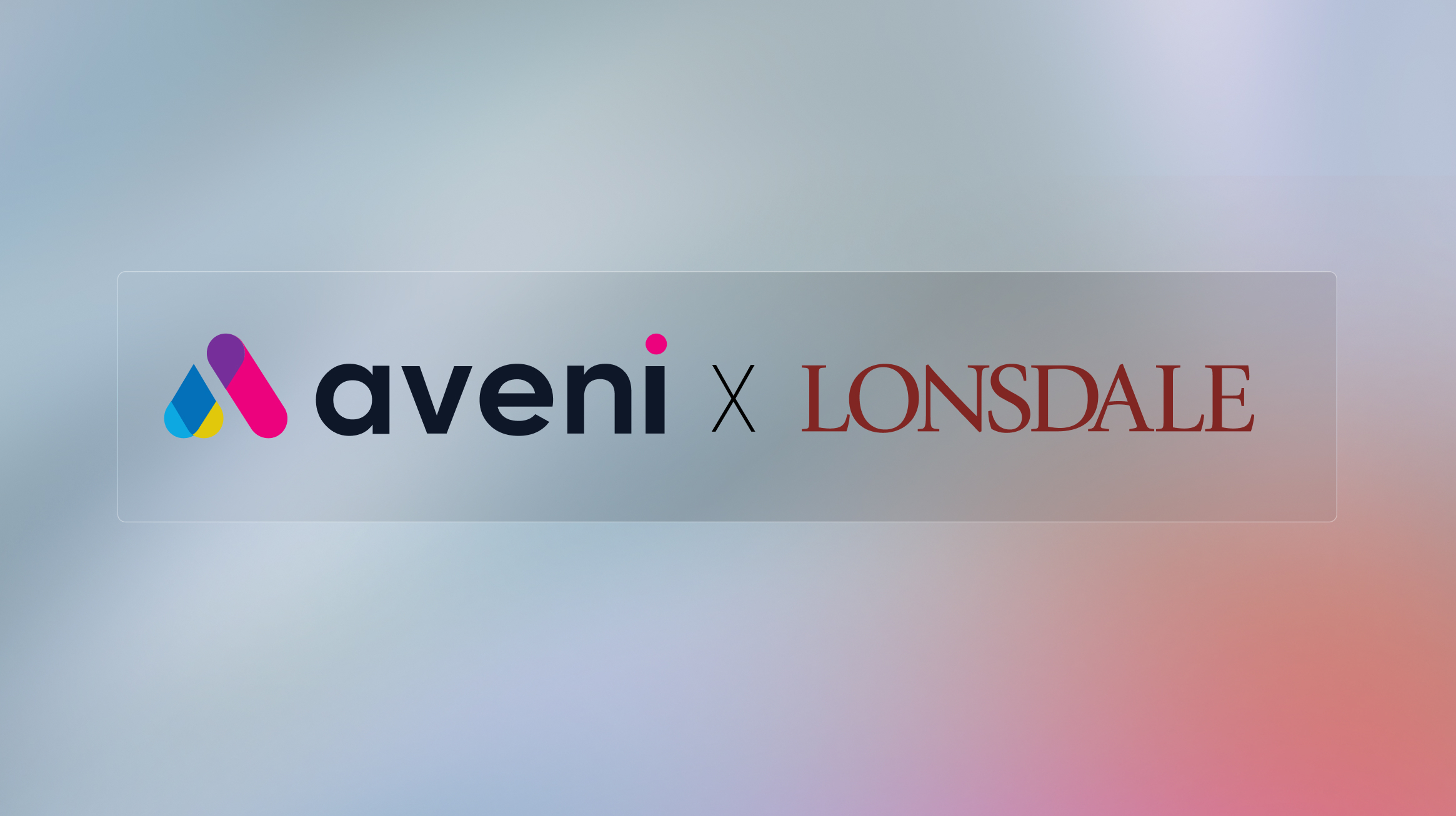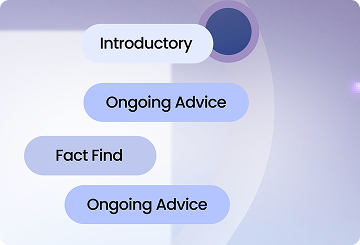Wealth management firms typically achieve positive ROI from agentic AI within 2 to 3 months of production deployment. Time savings on administrative tasks, improved compliance outcomes and increased adviser capacity deliver measurable returns quickly.
Expected ROI by Timeline
| Timeframe | Measurable Outcomes | Typical ROI Indicators |
|---|---|---|
| Month 1 | Initial productivity gains, reduced admin time | 30-40% reduction in report creation time |
| Month 2-3 | Process optimisation, compliance improvements | 50-60% time savings, reduced compliance exceptions |
| Month 4-6 | Full adoption, capacity increase | 70-75% admin time savings, increased client appointments |
| Month 7-12 | Scale benefits, revenue growth | Measurable revenue increase from additional client capacity |
First Month Returns
Wealth management firms see immediate time savings once agentic AI reaches production deployment. Advisers spend less time on administrative tasks and more time with clients.
One 200-adviser network reduced average suitability report creation from 105 minutes to 15 minutes within the first month. This generated annual savings of 15,000 hours and approximately £450,000.
Meeting documentation improves instantly. Tasks that previously took 45 to 60 minutes for advisers to complete autonomously now finish in under 10 minutes with adviser review. The system handles transcription, fact extraction and initial report drafting.
Compliance file preparation becomes faster. Activities that required 30 to 45 minutes of gathering documents and checking completeness now take 5 to 10 minutes. Agentic systems automatically collect required information and flag gaps.
Months 2 to 3: Optimisation Phase
Returns accelerate as teams refine their use of agentic AI and processes mature. Advisers develop efficient review habits and the system learns from their feedback.
Time savings increase from initial levels. What began as 30% to 40% reduction in administrative work grows to 50% to 60% as advisers become more comfortable with system outputs.
Compliance exception rates decline. Agentic systems maintain consistent documentation standards, reducing the corrections and rework that compliance teams previously handled. One firm reduced compliance exceptions by 40% during this phase.
Quality metrics improve. Suitability reports become more consistent and complete. CRM records are updated more reliably. Audit trails strengthen as the system maintains comprehensive documentation of all client interactions.
Months 4 to 6: Scaling Benefits
By the fourth month, wealth management firms measure broader organisational benefits beyond individual task efficiency.
Adviser capacity increases measurably. With 70% to 75% less time spent on administrative work, advisers handle more client appointments. One firm increased average monthly client meetings per adviser from 18 to 25.
Revenue per adviser grows as capacity is directed toward revenue-generating activities. Rather than spending 20+ hours weekly on documentation, advisers use that time for client acquisition, review meetings and planning conversations.
New adviser onboarding accelerates. Agentic systems provide consistent support for junior advisers, helping them produce high-quality documentation from their first client meetings. Training time reduces and new advisers become productive faster.
Compliance monitoring improves without additional headcount. As case volumes grow, agentic systems scale oversight without proportional increases in compliance team size.
Months 7 to 12: Full Value Realisation
By the end of the first year, wealth management firms measure strategic benefits that compound over time.
Client satisfaction improves as advisers spend more time in client-facing activities. Faster response times, more frequent contact and better-prepared meetings strengthen relationships.
Recruitment and retention improve. Advisers attracted to firms offering modern tools and reduced administrative burden. Existing advisers report higher job satisfaction when freed from repetitive documentation tasks.
Regulatory confidence increases. Comprehensive audit trails, consistent documentation standards and proactive compliance monitoring position firms well for FCA reviews.
Competitive advantage emerges. Firms operating with agentic AI can service more clients per adviser whilst maintaining or improving quality. This creates pricing flexibility and market position.
Cost Considerations
Initial investment in agentic AI includes implementation costs, integration with existing systems and team training. Most wealth management implementations range from £50,000 to £150,000 depending on firm size and complexity.
Ongoing costs cover system licensing, support and maintenance. These typically run £2,000 to £5,000 per adviser annually.
The ROI calculation is straightforward. If an adviser generates £150,000 in annual revenue and agentic AI frees 15 hours per week, the capacity gain is worth approximately £60,000 to £75,000 annually per adviser. With system costs of £3,000 to £5,000 per adviser, the return is substantial.
Compliance cost savings add to the return. Reduced exceptions, faster file reviews and stronger audit trails save compliance teams significant time. One firm calculated compliance efficiency gains worth £120,000 annually.
Factors That Accelerate ROI
Data quality shortens time to value. Firms with clean CRM records and standardised documentation see faster returns because the system performs accurately from day one.
Clear governance frameworks prevent delays. When approval processes and escalation rules are defined in advance, production deployment proceeds smoothly.
Strong change management drives adoption. Firms that train advisers thoroughly and demonstrate quick wins achieve higher utilisation rates. Higher utilisation means faster ROI.
Process optimisation before deployment improves outcomes. Firms that streamline workflows before adding agentic AI see greater efficiency gains.
Factors That Delay ROI
Poor data quality extends implementation and reduces accuracy. If the system must work with inconsistent records, more cases escalate and time savings are smaller.
Inadequate training limits adoption. When advisers do not understand how to review system outputs efficiently, they revert to manual processes and benefits are not realised.
Overly restrictive governance slows processing. If approval gates are too conservative, cases queue for review and efficiency gains disappear.
Scope creep during implementation extends timelines. Firms that attempt to automate too many workflows simultaneously take longer to reach production and delay ROI.
Measuring ROI Accurately
Wealth management firms should track specific metrics to validate returns.
Time savings per task should be measured before and after deployment. Compare average report creation time, meeting documentation time and compliance review time at baseline and after go-live.
Adviser capacity metrics include client meetings per week, new client acquisition rates and revenue per adviser. These indicate whether time savings translate to business growth.
Compliance metrics cover exception rates, audit findings and file review times. Improvements demonstrate risk reduction and cost savings.
Client satisfaction scores show whether service quality maintains or improves despite higher adviser caseloads.
ROI Varies by Firm Size
Larger wealth management firms typically see faster ROI due to scale benefits. A 500-adviser network saving 15 hours per adviser weekly generates £2 million to £3 million in annual capacity value.
Smaller firms achieve positive ROI but the absolute return is proportionally smaller. A 50-adviser firm generates £200,000 to £300,000 in annual capacity value using the same calculations.
Implementation costs are relatively fixed regardless of firm size, which means larger organisations achieve better cost-per-adviser economics.
How to Accelerate Your ROI
Start with high-impact workflows. Focus initial deployment on tasks that consume the most adviser time. Suitability report creation, meeting documentation and compliance file preparation deliver immediate returns.
Ensure data quality before deployment. The 2 to 4 weeks spent standardising records pays off through faster implementation and better system performance.
Train thoroughly. Advisers who understand how to work efficiently with agentic AI achieve time savings 20% to 30% faster than those with minimal training.
Monitor adoption. Track which advisers use the system effectively and which struggle. Targeted support for low adopters improves overall returns.
Refine processes continuously. The first 90 days reveal opportunities to optimise workflows further. Firms that act on these insights see accelerating returns.
Long-Term Value Beyond Initial ROI
After the first year, agentic AI continues delivering compounding benefits. The system learns from every case it handles, improving accuracy over time.
Competitive positioning strengthens. As more firms adopt agentic AI, those without it face disadvantages in adviser productivity and compliance costs.
Regulatory adaptation becomes easier. When new FCA requirements emerge, firms update their agentic systems faster than they could retrain entire adviser populations.
Data insights improve decision making. The comprehensive information agentic systems capture supports better business intelligence and strategic planning.
How Aveni Delivers ROI
Aveni’s implementations are designed to achieve positive ROI within the first quarter. Domain-specific training ensures the system produces accurate outputs from day one.
Efficient deployment processes reduce time to production. Most implementations complete in 6 to 12 weeks, allowing firms to begin realising returns quickly.
Comprehensive training programmes drive adoption. Advisers learn to work effectively with agentic systems, maximising time savings.
Ongoing support maintains performance. As regulations change or firms evolve their processes, Aveni ensures systems continue delivering value.
Frequently Asked Questions
How soon after deployment do we see returns? Most firms measure positive time savings within the first month of production use. Full ROI typically occurs within 2 to 3 months.
What if our advisers are resistant to adoption? Change management support and clear demonstration of time savings drive adoption. Firms that engage advisers early in the process see faster uptake.
Can we measure ROI if we are growing adviser headcount? Yes. Compare new adviser productivity with historical benchmarks. Agentic AI typically helps new advisers reach full productivity 30% to 40% faster.
What happens if the system needs refinement after deployment? Continuous improvement is built into ROI expectations. System performance improves over time, often exceeding initial projections by months 4 to 6.
See how Aveni delivers measurable ROI for wealth management firms →






